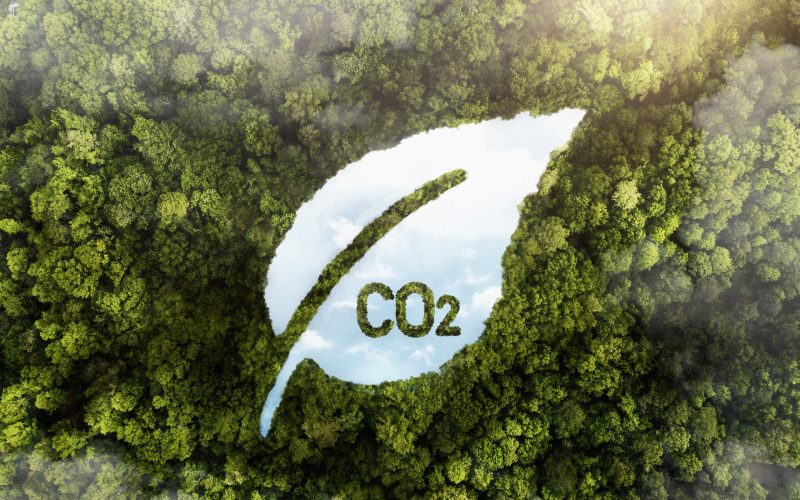Global revenues from carbon pricing exceeded $100 billion in 2024, according to the World Bank’s State and Trends of Carbon Pricing 2025 report, released today. Over half of the funds collected were allocated to environmental protection, infrastructure, and development initiatives—a modest increase from previous years.
The report identifies 80 carbon pricing instruments currently in operation worldwide, reflecting a net increase of five over the past year. Emissions trading systems (ETSs) account for the majority of new and planned mechanisms, particularly in large middle-income economies, where carbon pricing is now either implemented or under active consideration.
Carbon pricing instruments now cover approximately 28% of global greenhouse gas emissions, across economies that represent nearly two-thirds of global GDP. This includes around 50% of emissions from the power and industrial sectors. However, coverage in agriculture and other sectors remains limited, with agricultural emissions largely unpriced.
“Carbon pricing remains a powerful tool for advancing multiple policy goals,” said Axel van Trotsenburg, the World Bank’s Senior Managing Director. “It helps countries cut emissions, raise domestic revenues in tight fiscal environments, and stimulate green growth and job creation. Carbon credit markets can also help mobilise private capital and channel funds to development priorities.”
In compliance carbon markets, demand for credits nearly tripled over the past year, while growth in the voluntary market was marginal. Credit prices remain highly variable, with nature-based removal credits continuing to command a premium compared to other project types.
Since the World Bank began publishing the State and Trends report in 2003, carbon pricing mechanisms have expanded significantly. Over the past decade, average carbon prices have nearly doubled, emissions coverage has risen from 12% to 28%, and annual revenues have tripled.





















